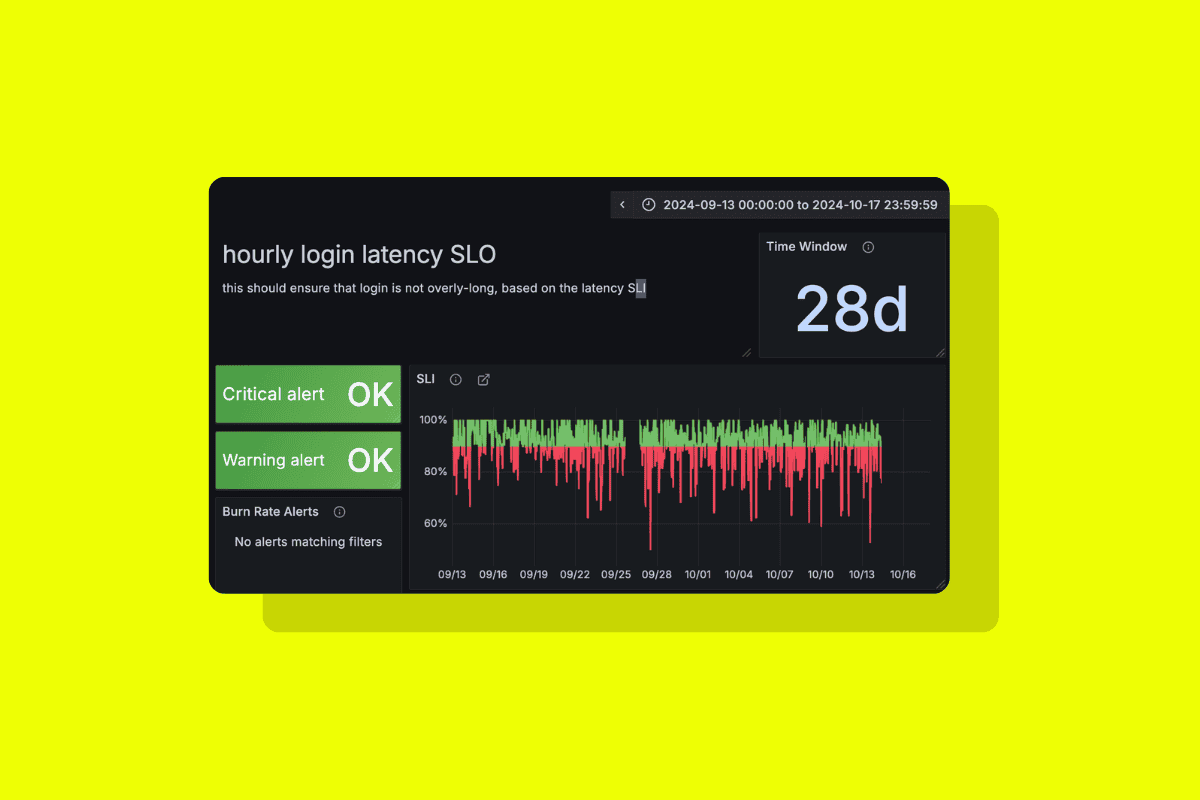
Embrace and Grafana Labs have teamed up to connect mobile experiences to your full-stack observability solution. Embrace captures context-rich client telemetry for mobile apps and can deliver metrics, traces, and soon logs to your Grafana dashboard. With features built on the common language of OpenTelemetry, you can weave together a complete story from button taps and push notifications to issue detection and performance.









